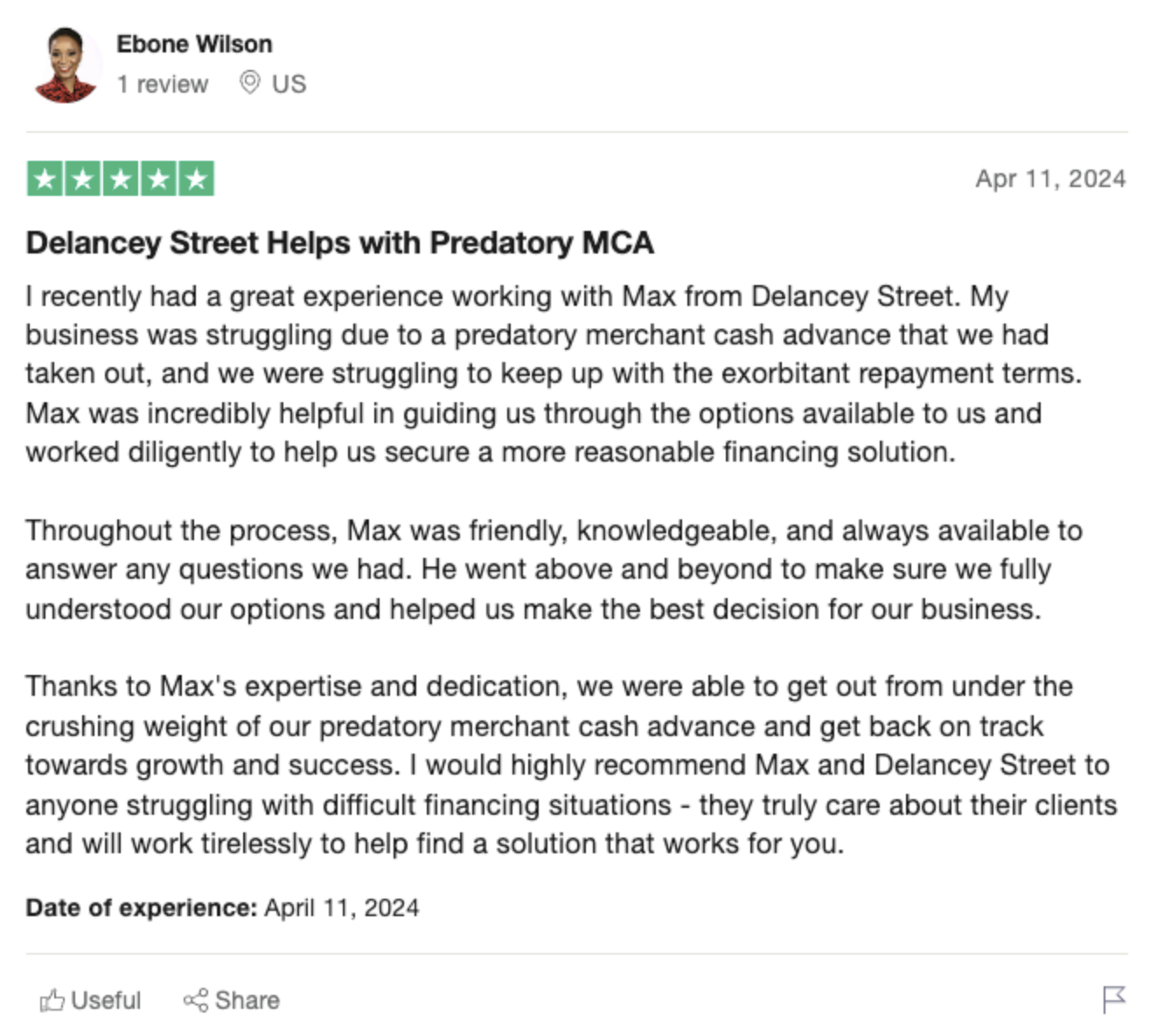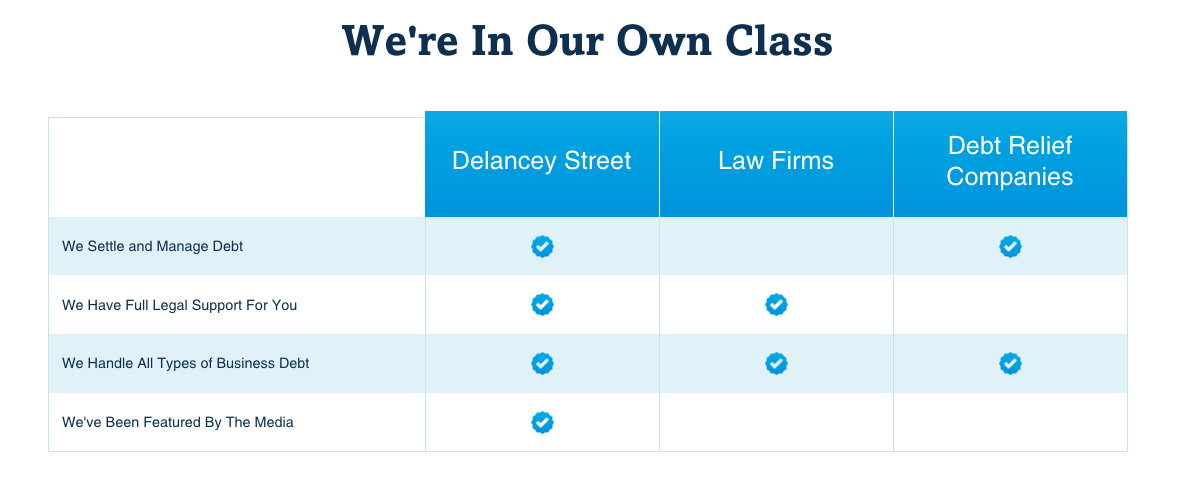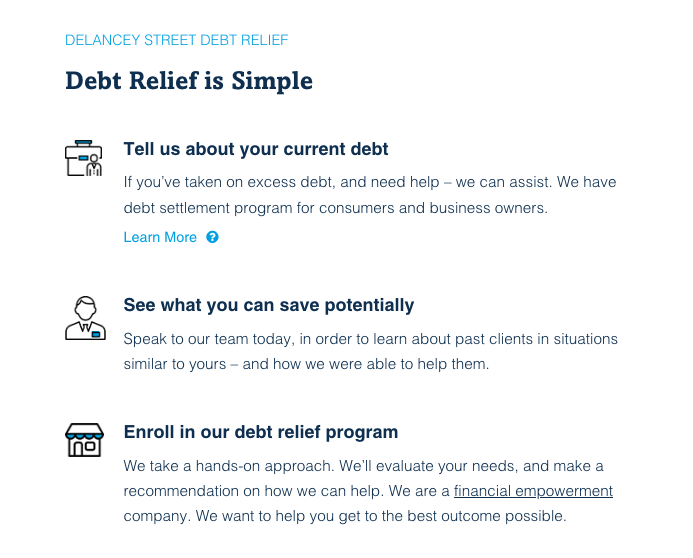Get Rid of Payday Loans
Payday loans often appear as a quick fix in moments of financial desperation. However, they can lead borrowers into a dangerous cycle of debt. Understanding the mechanics and hidden costs of these loans is essential for escaping their grasp and achieving financial stability. This article explores the grim reality of payday loans and offers strategies for breaking free from their grip.
A Grim Reality: The Payday Loan Trap
Payday loans promise immediate relief for those in financial binds, but they often come with strings attached. These short-term, high-interest loans can quickly spiral out of control, leading borrowers into a perpetual state of debt. Imagine needing to borrow $500 to cover an unexpected expense. With payday loan terms, you could end up owing significantly more within a short period.
 -
-Consider Alice, who borrowed $300 for a car repair, only to find herself owing nearly double that amount within a few repayment cycles. This situation is not uncommon. The cycle begins innocently enough—a small loan to cover an immediate need—but rapidly escalates as interest accumulates and borrowers struggle to keep up with payments.
The payday loan trap preys on the vulnerable, those who may lack access to traditional banking services or who live paycheck-to-paycheck. Once ensnared, it becomes increasingly difficult to break free as the debt snowballs. Hypothetically, if you missed a payment on a payday loan, hefty late fees could further inflate your debt, making it even more challenging to manage.
So, is there a way out? While it may seem daunting, escaping the payday loan cycle requires an understanding of the system, awareness of the hidden costs, and strategic planning. Knowledge is power, and with the right tools, you can break free from this financial nightmare.
Understanding the Mechanics of Payday Loans
At their core, payday loans are short-term loans designed to tide you over until your next paycheck. Lenders typically require you to write a post-dated check or provide your bank account information for repayment. The loan amount is typically a fraction of your paycheck, but with exorbitant fees attached.
 -
-Understanding the true cost of a payday loan involves looking beyond the surface. While a lender might present an interest rate that seems reasonable, the reality is that these rates are annualized, often reaching 300% APR or higher. To put this in perspective, borrowing $100 could cost you $15 in fees over a two-week period—that’s a 391% annual percentage rate.
| Loan Amount | Interest Rate | Initial Fee | Annual Percentage Rate (APR) |
|---|---|---|---|
| $100 | 15% | $15 | 391% |
These loans are marketed as emergency solutions, but they’re structured in a way that makes it difficult to repay them on time. The short repayment periods do not align with biweekly or monthly pay schedules, creating a mismatch that leaves borrowers scrambling.
Now, think about what this mismatch means for you. Imagine securing a payday loan to cover a medical emergency. Once your paycheck arrives, a significant portion goes toward repaying the loan, leaving you short on funds once more. You might feel forced to take out another payday loan, perpetuating the cycle. This revolving door of debt can become a financial abyss if not addressed promptly.
The Hidden Cost: Interest Rates and Fees
The true cost of payday loans extends far beyond their initial appeal. High interest rates and fees exacerbate the borrower’s financial challenges, trapping them in a cycle of debt that is difficult to break. One might assume that a small loan comes with minimal interest, but this assumption can be misleading.
Consider the real-world implications: the nominal interest rates advertised often do not account for compounding fees and additional charges. Critics argue that payday lenders exploit legal loopholes to maximize profits. For instance, rolling over a loan—extending the repayment period by taking out a new loan for the same amount—increases the debt exponentially.
 -
-| Action | Cost |
|---|---|
| Initial Loan | $100 |
| Interest & Fees | $15 |
| Roll Over Fee | $45 |
| Total Cost | $160 |
The predatory nature of payday lending is reflected in these hidden costs. Unlike traditional loans with terms and conditions aimed at safeguarding the borrower, payday loans often lack transparency. Hypothetically, if you failed to read the fine print, you could find yourself locked into an agreement that siphons your money with little recourse.
For many, the financial burden becomes insurmountable. Studies have shown that repeat borrowing is common, with reports indicating that borrowers end up repaying more in fees than the initial loan principal. This reality underscores the importance of understanding the full scope of the financial commitment one undertakes with a payday loan.
Strategies to Escape the Cycle of Debt
Escaping the payday loan trap requires a multifaceted approach that includes financial education, debt reduction strategies, and sometimes, legal intervention. Knowledge is your first line of defense. Understanding the full scope of your financial obligations will empower you to make informed decisions. Begin by reviewing all loan documents and calculating the total repayment amount, including interest and fees.
 -
-Next, prioritize repayment strategies. One effective approach is the Debt Snowball method, which involves paying off smaller debts first to build momentum. Alternatively, the Debt Avalanche method focuses on eliminating high-interest debt first. Both strategies require a disciplined approach and a commitment to tracking expenses meticulously. Here’s a simple breakdown:
| Debt Reduction Strategy | Description |
|---|---|
| Debt Snowball | Pay off small debts first |
| Debt Avalanche | Focus on high-interest debt |
Additionally, seek assistance where possible. Non-profit credit counseling services offer expert advice and may help negotiate lower interest rates or longer repayment terms with lenders. While this can provide temporary relief, it’s also crucial to address the root cause of financial instability.
Finally, build an emergency fund to buffer against unforeseen expenses. Even a modest emergency fund can provide a financial cushion, reducing the need for payday loans in the future. If saving seems impossible, consider small, incremental deposits. Every dollar saved is a step toward financial freedom.
Legal Avenues: Regulations and Consumer Rights
You must be aware of the legal safeguards designed to protect consumers from predatory lending practices. In many jurisdictions, there are comprehensive regulations aimed at capping interest rates and ensuring fair lending practices. These laws vary widely, so it’s crucial to understand the legal landscape in your particular state or country.
The Consumer Financial Protection Bureau (CFPB) has implemented several measures to curb abusive payday lending practices in the United States. For instance, some states have set maximum loan amounts and limit the number of consecutive loans a borrower can take. Additionally, mandatory cooling-off periods between loans prevent borrowers from immediately securing another loan after repayment.
| Legal Safeguard | Description |
|---|---|
| Interest Rate Caps | Limits on maximum interest rates |
| Cooling-off Periods | Time required between consecutive loans |
| Loan Amount Limits | Maximum loan principal limits |
Despite these efforts, payday lenders often find loopholes to circumvent regulations. Hypothetically, a lender might rebrand as a different financial service provider, offering similar terms under a new guise. Understanding these potential evasions is critical.
Finally, you must exercise your consumer rights. If you believe a lender has violated the law, file a complaint with regulatory agencies or seek legal counsel. Many non-profit organizations offer pro bono legal services to help you navigate these complex waters. Equally important is advocating for stronger regulations that can offer long-term relief for all consumers.
Financial Planning: Building a Stable Future
To escape the payday loan cycle, you need a solid financial plan that includes both short-term tactics and long-term strategies. Begin with a comprehensive budget that accounts for all your monthly expenses and income sources. This budget will serve as your financial blueprint, helping you allocate funds more effectively.
Create an emergency fund as the cornerstone of your financial plan. Even a small fund can provide a buffer against unexpected expenses, thereby reducing the need for high-interest loans. Hypothetically, if you save just $50 a month, you’ll have a $600 safety net by the end of the year—a small but significant step toward financial stability.
| Savings Strategy | Monthly Amount | Annual Total |
|---|---|---|
| Small Monthly Savings | $50 | $600 |
| Regular Contributions | $100 | $1,200 |
Long-term planning includes investing in financial literacy. Numerous resources, including online courses and community workshops, can provide valuable insights into effective money management. Understanding how to manage debts, save, and invest wisely will empower you to make better financial decisions.
Finally, consider consulting a financial advisor for personalized advice. A professional can offer strategies tailored to your unique financial situation, helping you navigate complexities and set achievable goals. With a well-rounded financial plan, you can avoid the pitfalls of payday loans and build a stable, prosperous future.
Escaping the clutches of payday loans may seem daunting, but by understanding their mechanics, recognizing hidden costs, and implementing strategic debt-reduction methods, you can regain your financial freedom. Knowledge of legal protections and a solid financial plan will help you rebuild and ensure a stable future. Remember, every step you take towards financial literacy and stability is a step away from the payday loan trap.







